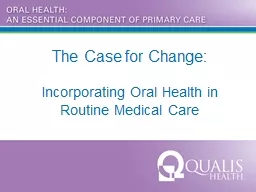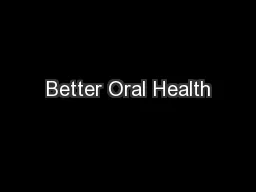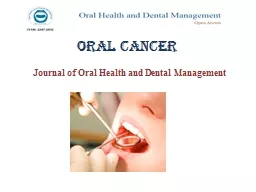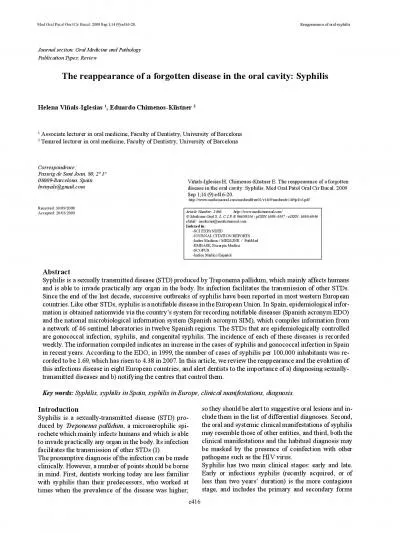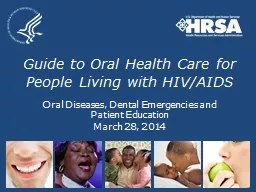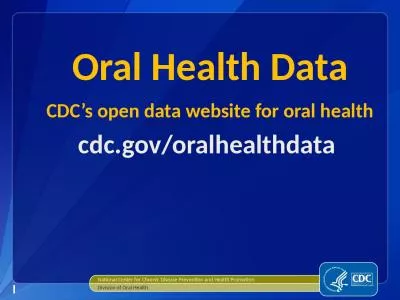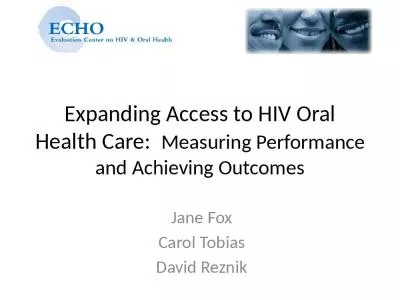PPT-The Case for Change: Incorporating Oral Health in
Author : calandra-battersby | Published Date : 2019-06-29
Routine Medical Care Objectives Make the case that oral health is an essential component of primary care Present a practical framework for how to deliver preventive
Presentation Embed Code
Download Presentation
Download Presentation The PPT/PDF document "The Case for Change: Incorporating Oral..." is the property of its rightful owner. Permission is granted to download and print the materials on this website for personal, non-commercial use only, and to display it on your personal computer provided you do not modify the materials and that you retain all copyright notices contained in the materials. By downloading content from our website, you accept the terms of this agreement.
The Case for Change: Incorporating Oral Health in: Transcript
Download Rules Of Document
"The Case for Change: Incorporating Oral Health in"The content belongs to its owner. You may download and print it for personal use, without modification, and keep all copyright notices. By downloading, you agree to these terms.
Related Documents

